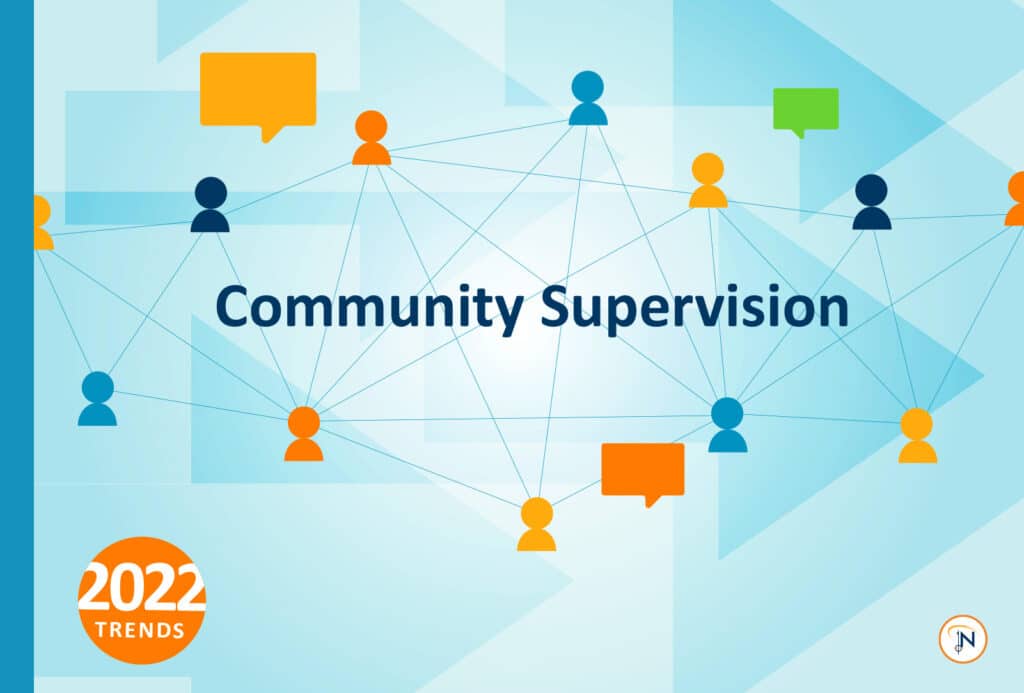This week, community supervision professionals across the country are gathering in person and virtually at the American Probation and Parole Association’s 47th Annual Training Institute to discuss some of the biggest issues currently affecting our communities – and the most innovative strategies to address these issues.
This annual event is a unique opportunity to participate in immersive sessions on juvenile justice, reentry, mental health and substance abuse, diversity, and more.
However, for those who can’t make it to Chicago or attend any virtual sessions, we’re looking at four key trends in community supervision your agency should keep in mind.
Four Key Trends in Community Supervision You Should Keep in Mind
-
- Emerging Technology. As a technology company, we’ll be the first to tell you leveraging innovative technology is critical to making data-backed decisions for your agency and clients. From automated dashboards that conveniently populate relevant data to help manage caseloads to virtual reality training and speech-to-text technology, agencies nationwide are exploring innovative ways to transform community supervision.
- Evidence-Based Practice (EBP): It’s no secret that evidence-based practice is the foundation for success within any supervision agency – we hear it all the time. But as the justice landscape evolves, how do we ensure we are implementing it correctly? As more agencies explore innovative strategies for programming and planning, we also have to explore the intersection of these newer strategies with evidence-based practices. To effectively engage in EBP, these strategies must be focused on clear, measurable outcomes that affect real change within our communities.
- Gender-Responsive Programming: Justice-involved women and girls face unique risks and needs, as their pathways to and throughout the criminal justice system are often impacted by mental illness, poverty, sexual abuse, childhood victimization, and domestic violence. Women also experience different challenges upon reentry and are more likely to face difficulties securing employment and safe housing. This is even further complicated for justice-involved mothers, who are typically expected to bear the responsibilities of childcare and parenting. With around 78,000 women being released back into the community each year, community supervision professionals are exploring gender-responsive assessments and tools that can adequately identify criminogenic needs and help reduce recidivism.
- Juvenile Justice Reform: Justice-involved youth also have unique risks and needs, and what works for an adult may not work for a youth. The evolving justice landscape forces justice agencies to reexamine how they approach and enforce standardized probation conditions. A recent report by the National Conference of State Legislatures found that using alternative justice programs is a growing trend among states for increasing juvenile cases, as opposed to traditional probation. Instead, states are exploring programs that incentivize and mentor justice-involved youth in encouraging positive behavior change.
Any trend or change within the industry takes collaboration to be truly effective. If you’re looking to make a change within your community or justice agency, we’re here to support you along the way.
Call us today for more insight on how we can help you enact change.






